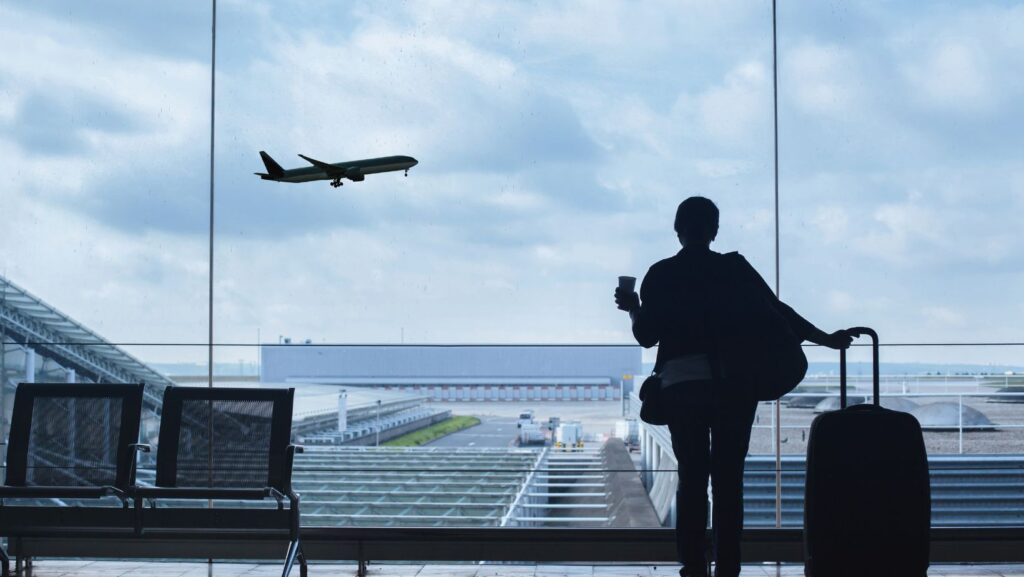Creating a modern, practical business travel policy is less about rules and more about removing friction. In today’s hybrid work culture, travelers expect autonomy, speed, and clarity—without sacrificing cost control. A smart travel policy balances all three, keeping employees productive and finance teams confident. Here’s how to make yours better.
Design Booking Tools That People Actually Use
The first step in upgrading a travel policy is streamlining how employees book trips. Too often, policies outline what’s allowed but ignore how users interact with the tools that support those choices.
Booking platforms should feel intuitive and reflect real-time availability. Integrate a solution that allows travelers to book flights, hotels, and cars in one place, ideally one that syncs with your policy settings in the background.
Make sure mobile functionality is solid. Travelers often book or modify on the go—forcing them to use clunky desktop-only portals guarantees friction. Let them self-serve within set limits and approvals.
Embed your company’s preferred booking tool into the policy itself, using deep links or a QR code. This removes the guesswork entirely and ensures compliance.
Write the Policy for Humans, Not Auditors
A policy that no one reads is no policy at all. Most travel guidelines are written in stiff, legalistic language meant to satisfy compliance officers. The result is confusion and noncompliance.
Break this habit. Rewrite your travel policy with the traveler in mind. Use direct language. Avoid jargon. Replace “It is the responsibility of employees to ensure adherence to expenditure guidelines” with “Stick to the daily budget listed in the chart below.”

Organize the document into three clean sections: Before You Travel, While Traveling, and After the Trip. Put common actions (like how to book, when to ask for approval, or what to do if your flight gets canceled) front and center. Include screenshots or step-by-step visuals. Add a one-pager summary at the great. Make it searchable. Better yet, make it digital.
And if you have to start from scratch or refresh a messy PDF, you can use a curated corporate travel policy template from platforms like Corporate Traveler. These templates offer structure while leaving room to customize the language to fit your company’s voice.
Simplify Reimbursement to Eliminate Guesswork
If your team dreads expense reports, your policy is doing too much talking and not enough guiding. Reimbursement rules should be crystal clear: what’s allowed, what’s not, and how to submit receipts without delays.
Avoid vague phrasing like “reasonable costs.” Be specific: set daily per diems by location, define caps for rideshare, and outline whether in-flight Wi-Fi is reimbursable. Keep these rules accessible through a one-page cheat sheet or even a chatbot integration. If employees need to ask HR whether airport parking is covered, your policy isn’t working hard enough.
Digitize everything. Use automated tools like Expensify or Zoho Expense to let employees scan receipts and submit expenses on the spot. Set up alerts for missing documentation and auto-flag out-of-policy expenses.
Finally, make speed a priority. If someone has to chase reimbursement for a month, it undermines the entire system. Commit to a turnaround time (seven business days is a good benchmark) and hold your finance team to it.
Align Travel With Company Culture, Not Just Budgets
Your travel policy shouldn’t be isolated; it should align with your company’s values and work culture. If flexibility and trust are key, your travel rules should reflect that. If you’re focused on cost-efficiency but value personalized service, make sure to explain why certain choices are important.
For example, if your leadership believes in carbon-conscious travel, include guidelines for choosing trains over short-haul flights when possible. If supporting employee well-being is a focus, allow for one extra night at a hotel before a big meeting to fight jet lag.
Every policy choice sends a message. Requiring red-eye flights might save money but signals burnout. Offering flexibility around business travel dates shows respect for personal time. The way you structure your policy affects retention, morale, and even performance—especially for teams that travel often.
Gather feedback quarterly. Let employees share their travel pain points and adjust accordingly. Make updates based on actual behavior, not just high-down assumptions.
Make Approvals and Exceptions the Exception
Rigid approval layers slow everything down. If your policy has three tiers of approval for a R2,000 flight, you’re wasting everyone’s time. Define smart thresholds. Let managers approve only when a booking exceeds policy limits or involves international travel. Automate the rest.

Set system-based flags that pause only questionable itineraries—say, a five-star hotel when a three-star is policy standard. Everything else should proceed with a digital trail and minimal friction.
And don’t hide exception handling in fine print. If someone has a valid reason to travel differently—like extending a trip for a funeral or caregiving—make the process clear and empathetic. Include contact points for urgent requests and build in discretion without ambiguity.
Wrapping it All Together: Let the Policy Grow With You
Business travel is constantly evolving. Remote work, cost pressures, and global shifts continue to reshape how and why employees get on planes. A great travel policy reflects those changes without overwhelming people.
So build flexibility into your system. Revisit the policy every six months. Test new tools. Run simulations. See what’s working—and what isn’t—from the traveler’s point of view.
Most importantly, involve employees in the process. Your ideal insights won’t come from spreadsheets. They’ll come from that salesperson who travels twice a month or the ops lead who just had to cancel three flights in one week.
When your travel policy is clear, user-friendly, and grounded in real-world use, everyone wins. You save money. Employees save time. And the entire travel experience becomes smoother—not because you added more rules, but because you made the smart ones easier to follow.


